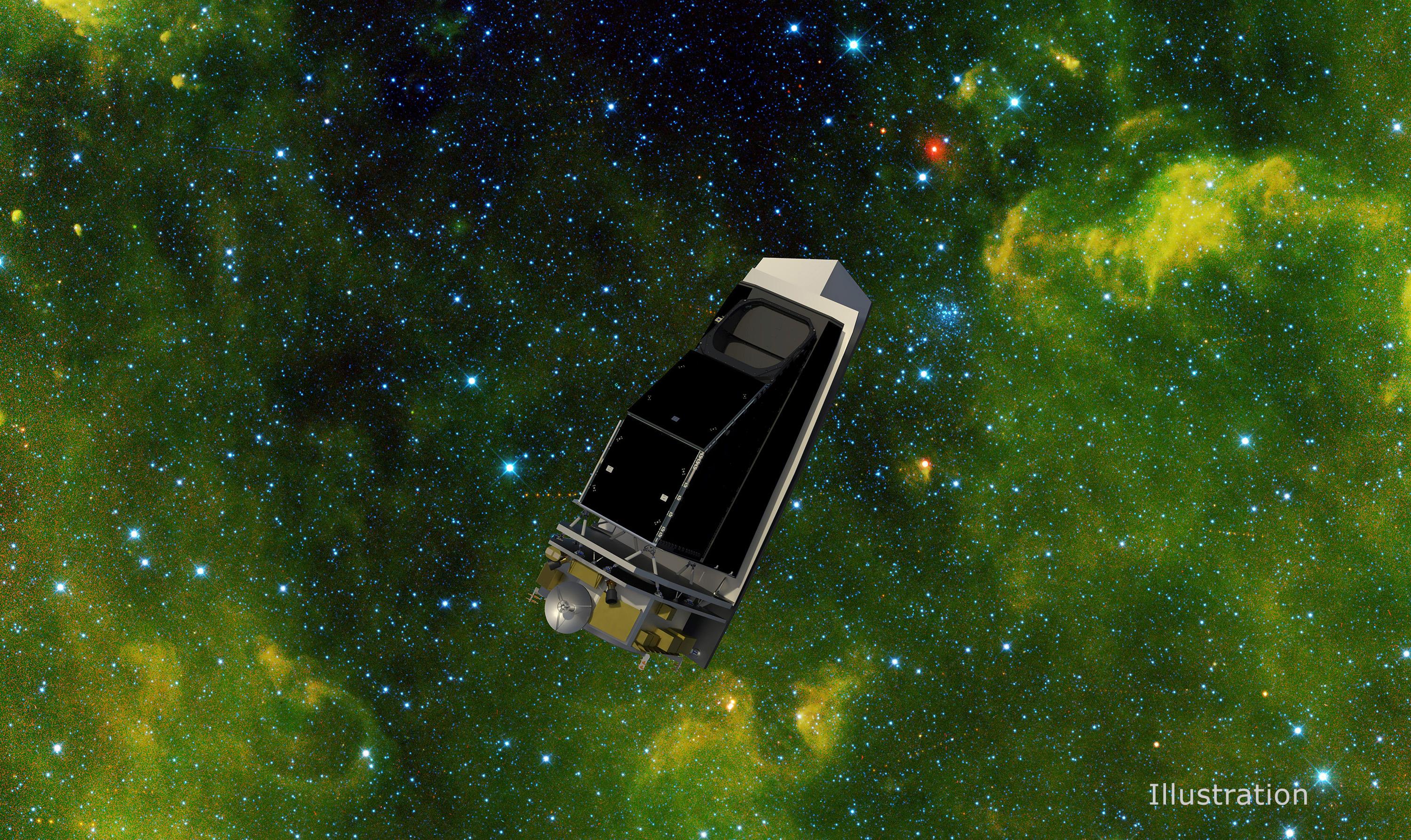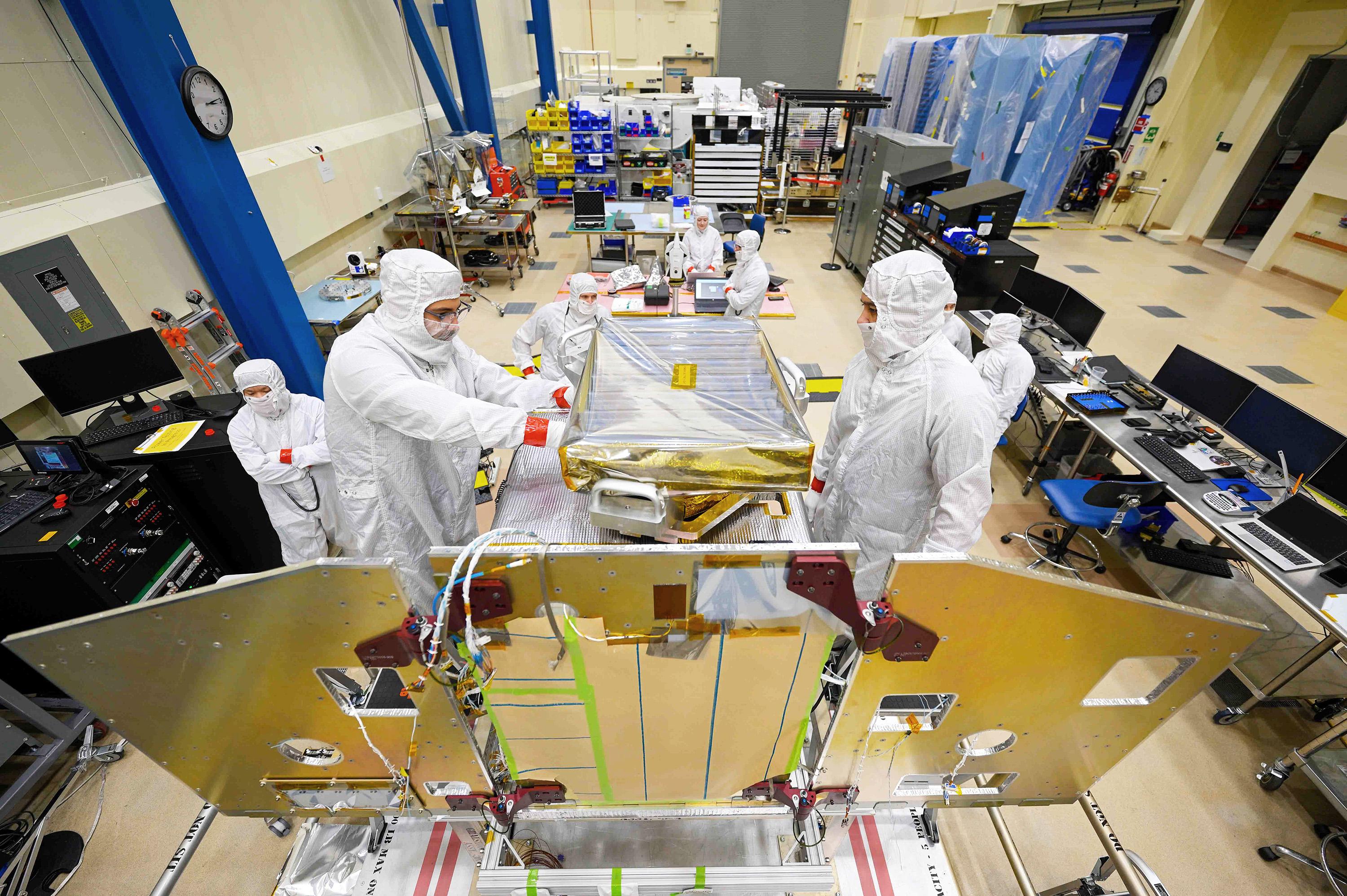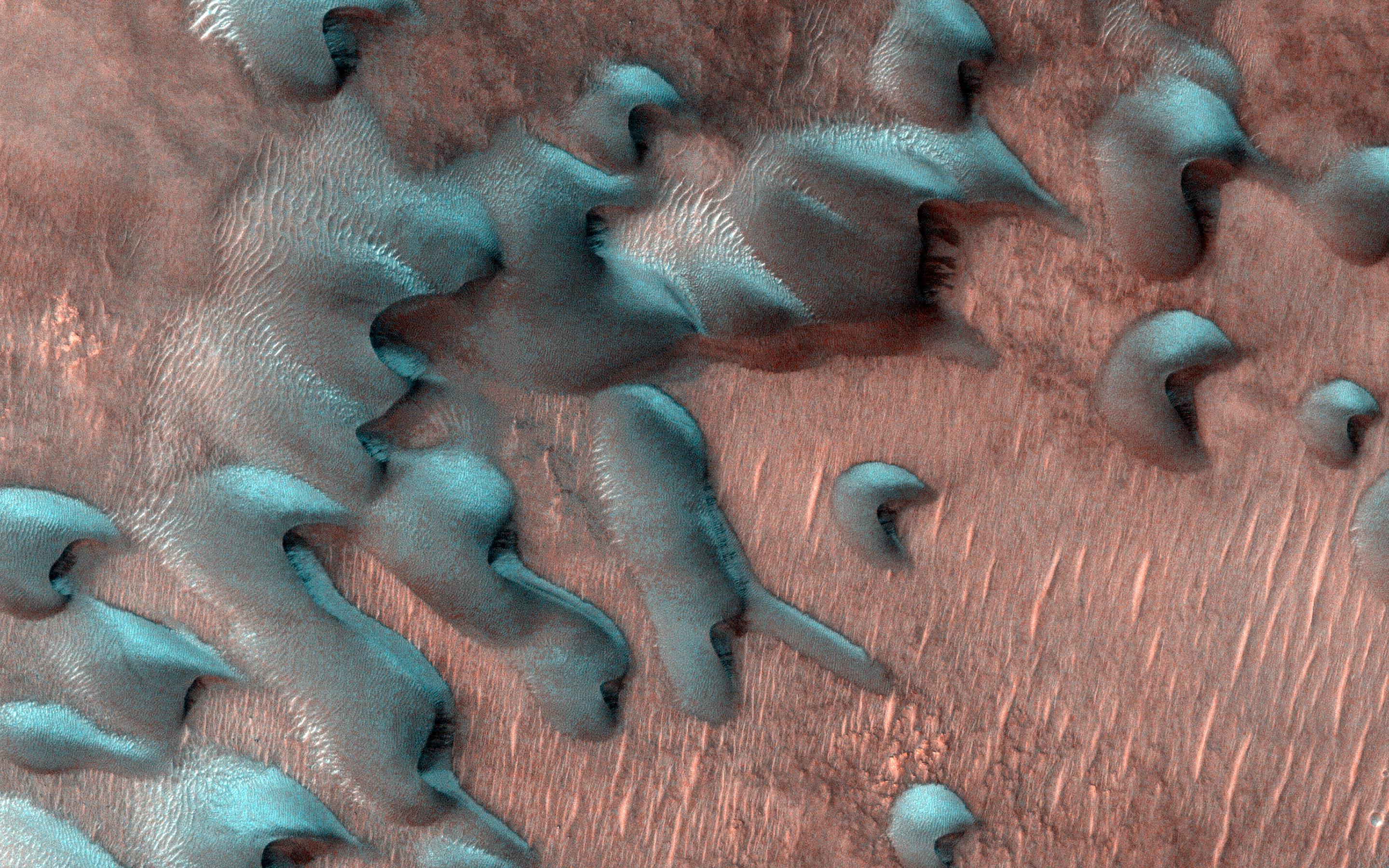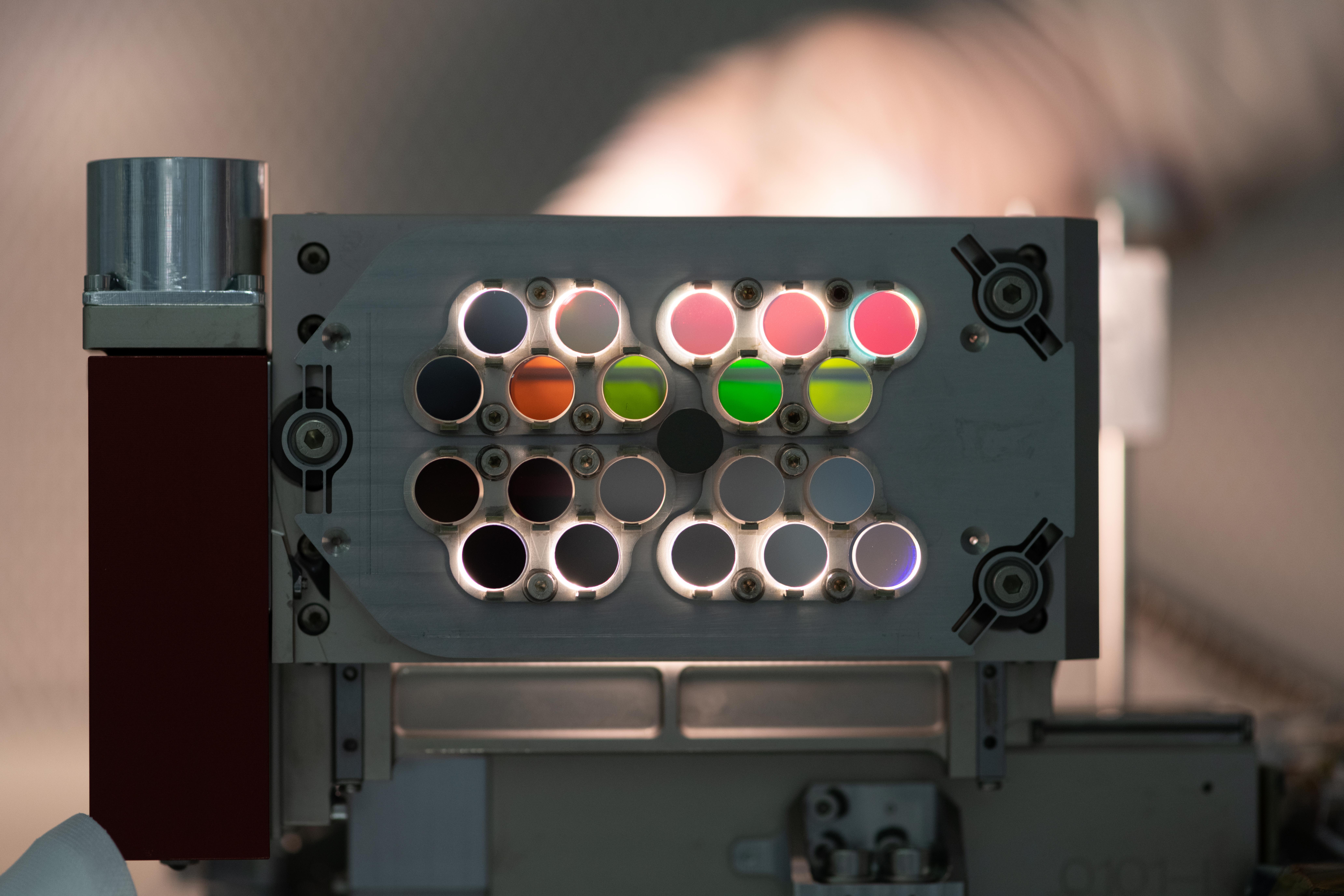NASASpaceFlight.com
India launches a new ocean monitoring satellite on Saturday morning. The EOS-06 spacecraft is placed into a low Earth orbit. The mission, PSLV C54, lifted off from the Satish Dhawan Space Centre at 11:56 local time (06:26 UTC)
Commercial Archives
SpaceX is set to launch a batch of 54 Starlink internet satellites into low Earth orbit (LEO) this Wednesday, Dec. 28, 2022. Liftoff is scheduled to occur at 4:40 AM EST (09:40 UTC) from Space Launch Complex 40 (SLC-40) at the Cape Canaveral Space Force Station. Starlink Group 5-1 is the first flight dedicated to the second generation (Gen 2) Starlink constellation.
International Archives
2022 has marked another busy chapter for the International Space Station. The Station saw the first docking of Starliner, the all-private Axiom-1 mission, and new hardware installed to increase the lifespan of humanity’s collaborative space laboratory. The Station is home to a constant plethora of scientific and engineering experiments.
News – Spaceflight101

Russia's Rockot booster set to blast off from the Plesetsk Cosmodrome at 17:57 UTC with the Sentinel-3B multi-function satellite. Sentinel-3B is Europe's latest addition to the Copernicus satellite fleet. Read more about the launch on CNN.com.
ISS Updates – Spaceflight101 – International Space Station

A veteran NASA spacewalker and an EVA rookie from Japan ended their week with nearly six hours of work outside the International Space Station. The restoration of the Station’s Mobile Servicing System started last year and continued in January to provide Canadarm2 with a new pair of grappling hands.
Featured – Spaceflight101

A SpaceX Falcon 9 took to the skies over Florida’s Cape Canaveral Monday afternoon. The Falcon 9 was carrying a Dragon spacecraft into orbit for a critical delivery of science gear, supplies and maintenance hardware. It was the first of at least six cargo ships inbound to the U.S. Segment of ISS this year.
Re-Entry: Long March 11 Rocket Body – Spaceflight101

The CZ-11 fourth stage used leftover propellant for a partial de-orbit maneuver, lowering its perigee to 120 Kilometers to significantly accelerate its orbital decay. It is reportedly built around a YF-50 main engine and in a nominal mission conducts the orbital circularization after the three CZ-11 stages.
Construction Begins on NASA’s Next-Generation Asteroid Hunter

NASA’s Near-Earth Object Surveyor recently passed a rigorous technical and programmatic review. Now the mission is transitioning into the final design-and-fabrication phase. The mission supports the objectives of NASA’s Planetary Defense Coordination Office (PDCO)
Moon Water Imager Integrated With NASA’s Lunar Trailblazer

Lunar Trailblazer, NASA’s mission to understand lunar water and the Moon’s water cycle, is one step closer to launching next year. Earlier this month, the agency’s Jet Propulsion Laboratory in Southern California delivered a key science instrument to Lockheed Martin Space in Colorado. The instrument, called the High-resolution Volatiles and Minerals Moon Mapper, is one of two on Lunar Trailblazer.
NASA Explores a Winter Wonderland on Mars

The Red Planet's surface is covered in snow, ice, and frost. Some of the coldest of these occur at the planet's poles, where it gets as low as minus 190 degrees Fahrenheit. No region of Mars gets more than a few feet of snow, most of which falls over extremely flat areas.
Juno Spacecraft Recovering Memory After 47th Flyby of Jupiter

NASA’s Juno spacecraft completed its 47th close pass of Jupiter on Dec. 14. Afterward, as the solar-powered orbiter was sending its science data to mission controllers from its onboard computer, the downlink was disrupted. The issue was most likely caused by a radiation spike as Juno flew through a radiation-intensive portion of Jupiter’s magnetosphere.
NASA Retires InSight Mars Lander Mission After Years of Science

NASA's InSight lander has failed to contact Earth after two consecutive attempts. Mission controllers conclude the spacecraft's solar-powered batteries have run out of energy. NASA will continue to listen for a signal from the lander, just in case, but hearing from it at this point is considered unlikely.
NASA’s Perseverance Rover Deposits First Sample on Mars Surface

NASA's Perseverance Mars rover will deposit 10 tubes over the next two months. The depot marks a historic early step in the Mars Sample Return campaign. The rover currently has the other 17 samples (including one atmospheric sample) taken so far in its belly. Based on the architecture, the rover would deliver samples to a future robotic lander.
Assembly Begins on NASA’s Next Tool to Study Exoplanets

The Coronagraph Instrument is being tested on the Nancy Grace Roman Space Telescope. The science instrument will block the light from each distant star it observes so that scientists can better see the planets around the star. It will demonstrate technologies needed to eventually study potentially habitable planets with future missions.
